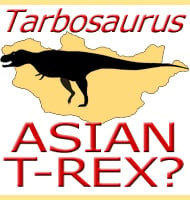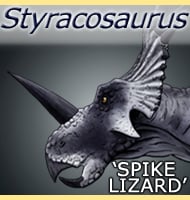Dracovenator
In Depth Although pieced together and described from very incomplete skull material, Dracovenator has been identified as being similar to Dilophosaurus. With this in mind the 2006 description of Dracovenator saw it classified as a dilphosaurid and related to Dilophosaurus from North America, and Zupaysaurus from South America, though not all palaeontologists are convinced about … Read more


